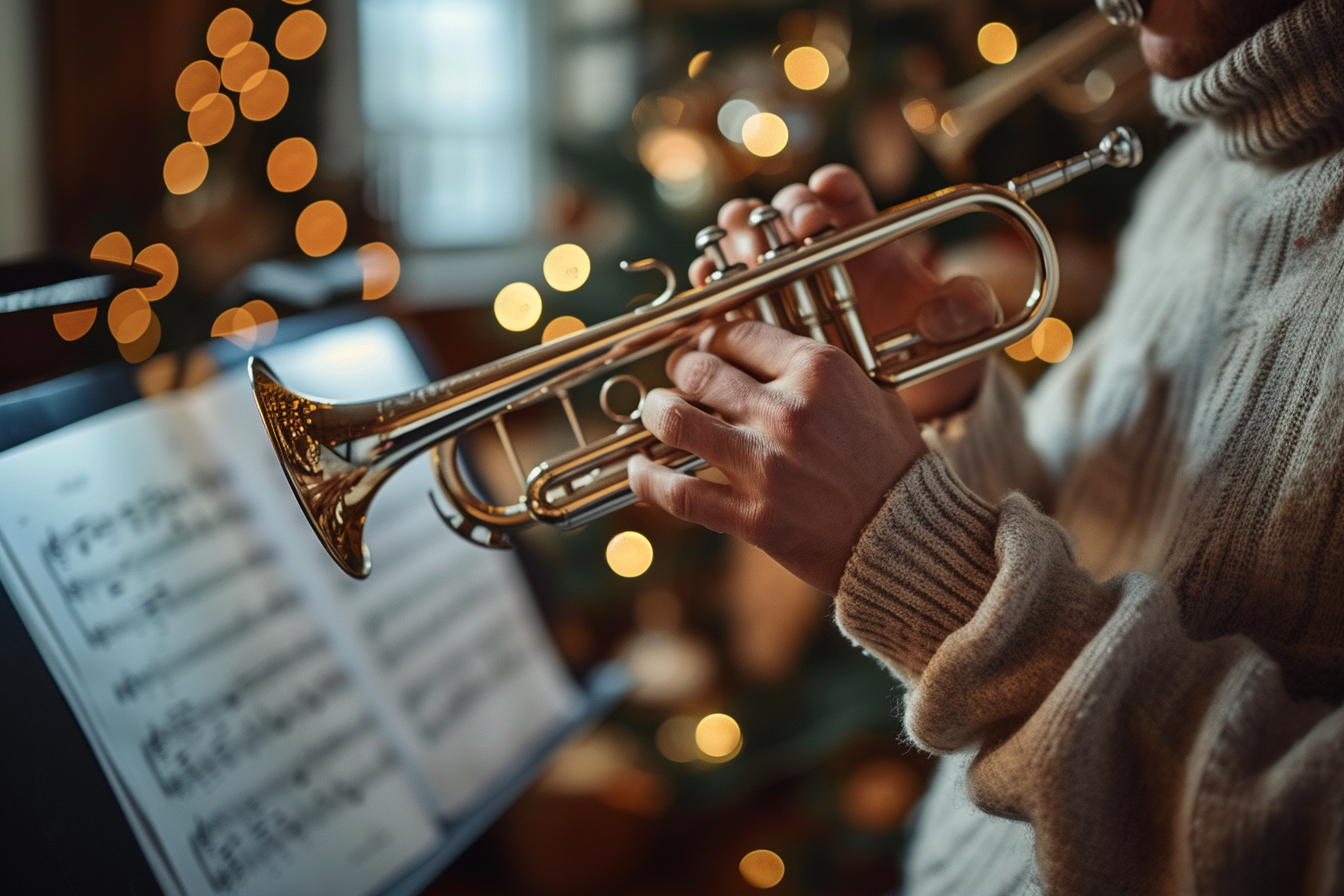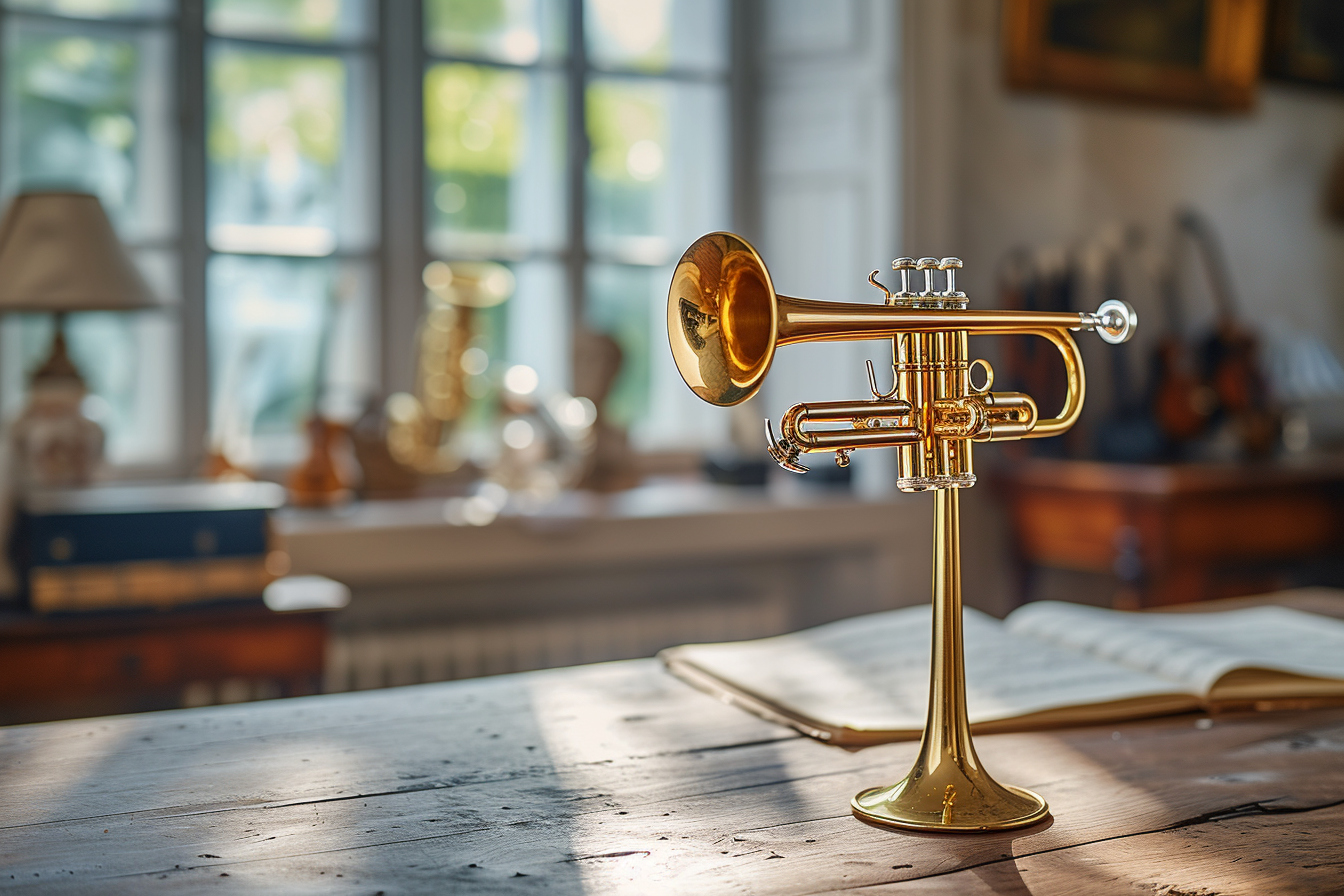When embarking on the journey of selecting the perfect trumpet, musicians are often met with a multitude of choices that can be overwhelming. A trumpet is not just a means to produce sound; it is an extension of the artist, a partner in the musical journey. This article aims to shed light on the key factors to consider when choosing a trumpet that aligns with your musical aspirations, skill level, and personal preferences.
Understanding trumpet types
Bb Trumpet: The Standard Choice
The Bb trumpet is a staple in the music world, being the most common and versatile choice. It’s the standard trumpet found in schools, orchestras, jazz bands, and used in most western music.
C Trumpet: The Orchestral Favorite
Favored in the classical realm for its bright sound, the C trumpet is a frequent sight in professional orchestras. It has a slightly shorter tubing length than the Bb trumpet, allowing for a pitched sound that is one whole step higher.
Piccolo Trumpet: The Specialist’s Instrument
With its high-pitched tone, the piccolo trumpet is typically utilized for specific Baroque pieces. Although not a beginner’s choice, it’s a valuable addition to an experienced musician’s collection.
Other Variants
Additional types of trumpets, such as the Eb/D trumpet, flugelhorn, and bass trumpet offer different sound timbres and ranges, serving niche roles in certain repertoires.
Material and craftsmanship
Brass Alloys: The Foundation of Your Trumpet’s Sound
Brass instruments, as their name suggests, are primarily constructed from brass. However, various alloys can affect the instrument’s tone and responsiveness. A higher copper content, seen in ‘rose brass’, typically results in a warmer tone, while ‘yellow brass’ provides a brighter sound.
Silver and Gold Plating: More Than Aesthetic Choices
In addition to brass, trumpets can be silver or gold plated. Silver plating often produces a brighter and more focused sound, while gold plating can offer a warmer, darker tone.
Craftsmanship: Handmade vs Machine-made
Handmade trumpets are traditionally crafted and can provide unique characteristics and superior sound quality. Machine-made trumpets, while more cost-effective, may lack the distinctive acoustic properties of their handmade counterparts.
Technical specifications
Bore size
Large Bore: For a Fuller Sound
A larger bore size offers a broader, more powerful sound and is typically preferred by advanced players and professionals in orchestral and solo performances.
Medium or Standard Bore: The Balanced Choice
A medium bore size serves as a balance between ease of play and sound quality, making it a preferable choice for students and intermediate players.
Small Bore: For Easier Playability
A smaller bore size is easier to play, which is beneficial for beginners or those with a smaller frame.
Bell size and shape
Bell Size: A Factor in Projection and Tone
The bell of a trumpet greatly influences its sound projection and tonal characteristics. A larger bell can produce a richer and more robust tone, suitable for orchestral playing, while a smaller bell might render a brighter, more direct sound favored in jazz settings.
Bell Material and Construction: Influencing Timbre
The material and thickness of the bell also affect the timbre of the trumpet. One-piece bells are typically hand-hammered and create a responsive instrument with a consistent sound palette.
Valve composition and action
Monel Valves: The Preferred Standard
Valves composed of Monel, a nickel-copper alloy, offer smooth valve action and are highly resistant to corrosion, making them a favored choice among professionals.
Stainless Steel Valves: Durable and Consistent
Stainless steel valves are a durable alternative, providing consistent action and withstanding frequent use.
Mouthpiece selection
Size and Shape: Critical for Comfort and Performance
The mouthpiece is crucial, as it directly impacts playability and comfort. Larger, deeper mouthpieces enhance the volume and lower register performance, while smaller, shallower mouthpieces favor the higher register and offer faster response.
Material Choice: Affect the Feel and Tone
Mouthpieces come in various materials, such as brass, plastic, or even wood. Plating materials, like silver or gold, can also alter the feel and subtle tone nuances.
Personal factors

Skill level
Beginners: Simplicity and Ease of Use
Beginners should look for trumpets that are easy to manage, with a lighter touch and smooth valve action. Durability and cost are also critical considerations at this stage.
Intermediate Players: Growth and Versatility
Intermediate players often need an instrument that allows for growth while providing versatility across different styles of music.
Advanced Players and Professionals: Customization and Excellence
Advanced players may seek custom or professional-grade trumpets that allow for a high level of control and an expression of individuality.
Physical considerations
Ergonomics: The Right Fit for Your Frame
Ergonomics are paramount in choosing a trumpet. The weight, balance, and valve placement should feel comfortable to the player to avoid strain and encourage better playing technique.
Aesthetic preferences
Visual Appeal: An Extension of Your Style
While sound quality and playability are paramount, visual appeal also plays a role in a musician’s connection to their instrument. Engravings, finishes, and design details can reflect personal style and stage presence.
Price and budget
Setting a Price Range: Balancing Cost with Need
It’s necessary to balance the cost of a trumpet with your level of commitment and need. While professional instruments are a significant investment, student models provide more cost-effective solutions for those at the beginning of their musical journey.
Second-hand Options: A Viable Alternative
Purchasing a second-hand trumpet from a reputable source can provide substantial savings and deliver excellent value, particularly when on a budget.
Selecting the perfect trumpet is a carefully considered decision that intertwines the player’s musical needs, physical ergonomics, level of proficiency, and personal preferences. Whether you’re a beginner looking for your first trumpet or a professional seeking refinement, these key factors serve as a roadmap to finding the harmonious partner in your musical expressions. By examining each aspect meticulously, the musician paves the way for an instrument that not only sounds beautiful but also feels like an extension of themselves – enabling the artist and the trumpet to sing in one unified, sublime voice.


Leave a Reply